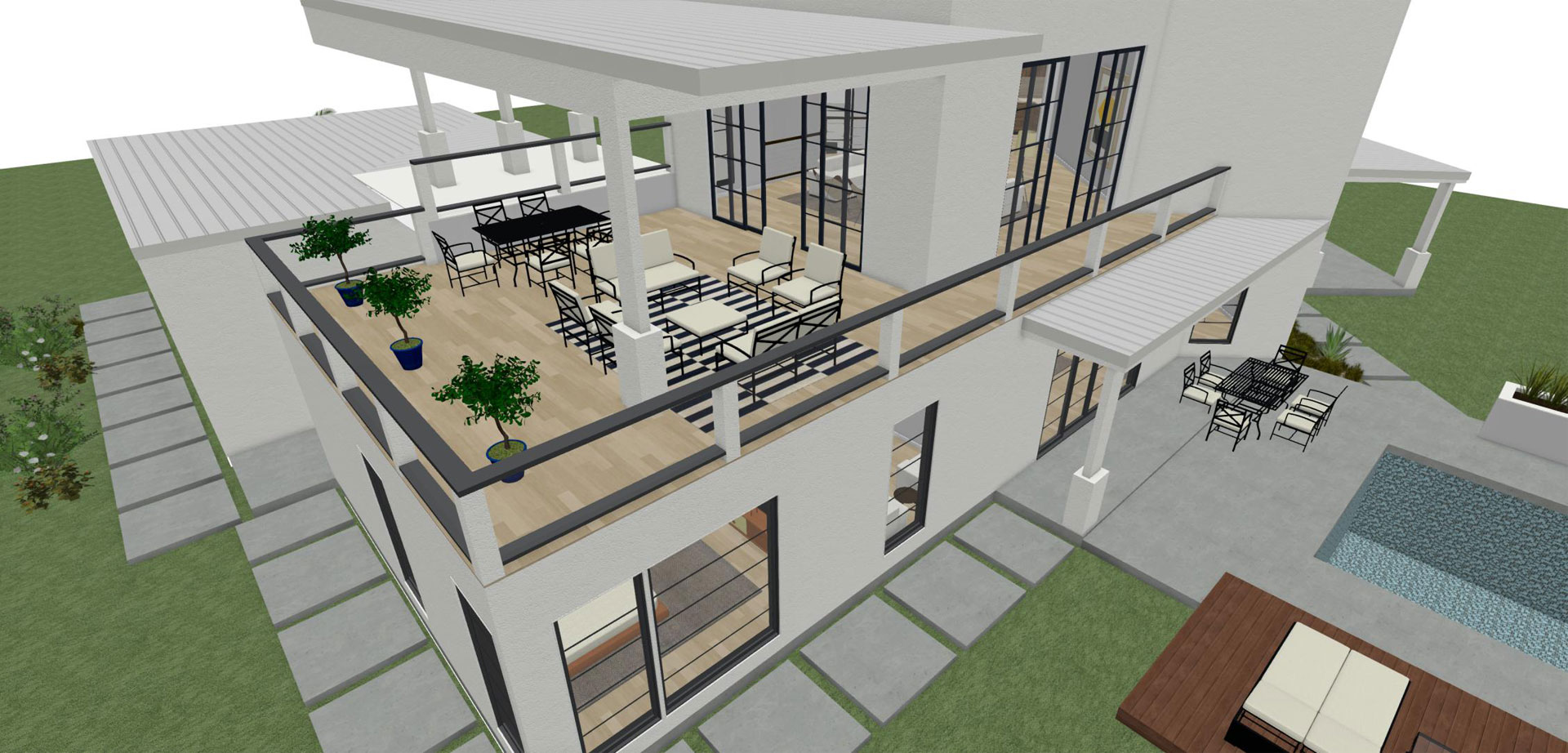The Crucial Role of a Designer in Shaping Sustainable Urban Environments for Future Generations
The duty of a designer in crafting lasting urban settings is significantly crucial in responding to the difficulties of climate change and urbanization. By effortlessly integrating eco-friendly concepts into their designs, architects not just improve the visual and useful high quality of urban areas but also address pushing issues such as energy effectiveness and social equity.
Comprehending Sustainable Urban Layout
Lasting urban layout integrates ecological concepts with urban planning to develop settings that are not just livable however also resistant. This technique highlights the significance of integrating natural systems into the metropolitan fabric, making sure that growth fulfills the requirements of the here and now without endangering the capacity of future generations to satisfy their own needs. Trick elements of lasting urban design include effective land use, the promo of biodiversity, and the assimilation of green areas, all of which add to boosted lifestyle for homeowners.
Additionally, sustainable metropolitan design focuses on the reduction of the metropolitan heat island result, boosted air high quality, and reliable stormwater management. It urges the use of eco-friendly sources and energy-efficient building methods, which significantly reduced carbon impacts. Furthermore, lasting urban layout promotes social equity by creating obtainable public spaces and advertising mixed-use growths that provide to varied populaces.
Via thoughtful preparation and innovative design techniques, sustainable city atmospheres can improve community strength versus climate adjustment while cultivating financial growth. This alternative method not just addresses instant metropolitan obstacles yet likewise prepares for healthier, a lot more sustainable cities for generations to come.
Key Obligations of Engineers
Designers play a crucial function in shaping lasting urban settings by equating layout principles into substantial frameworks and spaces. Their obligations encompass a variety of activities that add to the total success of metropolitan design tasks.
Firstly, designers perform extensive website evaluations to understand the ecological, social, and social context of their tasks. This foundational understanding notifies their style decisions, making certain that buildings balance with their surroundings. They likewise participate in joint procedures with stakeholders, including city organizers, designers, and the area, promoting a comprehensive approach to city growth.
Additionally, architects are entrusted with producing styles that enhance energy performance, resource preservation, and functionality. They should adhere to regional zoning laws, developing codes, and sustainability certifications, guaranteeing conformity while pressing the limits of technology.
:max_bytes(150000):strip_icc()/Buildingdesigns-GettyImages-912482942-db55b3af711044a3a42ad1040c6711a9.jpg)
Ingenious Materials and Techniques
In the search of eco liable style, cutting-edge products and techniques have actually emerged as important aspects in the development of sustainable urban environments. Architects are significantly making use of products that lessen ecological impact while boosting energy performance. Recycled products, such as reclaimed timber and repurposed steels, not just minimize waste however also include one-of-a-kind aesthetic qualities to structures.
Additionally, advancements in modern technology have actually caused the development of high-performance materials, such as protected concrete forms (ICFs) and photovoltaic glass, which add to energy preservation and harness sustainable energy. Methods such as easy solar design and eco-friendly roofing systems even more Continue exemplify just how style can harmonize with all-natural systems, minimizing dependence on fabricated home heating and air conditioning.
Additionally, the assimilation of wise materials, which adjust to ecological adjustments, supplies encouraging methods for improving building efficiency - cda architects. These materials can react to temperature level fluctuations or dampness levels, enhancing comfort and sustainability
Ultimately, the strategic option and application of ingenious products and methods encourage engineers to produce city rooms that are not only useful and aesthetically pleasing yet additionally durable and environmentally liable, making sure a sustainable future for generations ahead.
Area Engagement and Cooperation
The success of cutting-edge materials and strategies in lasting urban architecture is considerably enhanced by active community engagement and cooperation. Engineers need to recognize that the developed setting profoundly influences the lives of local residents, making it vital to include them in the click here now layout procedure. Engaging the area promotes a feeling of possession and liability, ensuring that developments not just fulfill aesthetic and practical requirements yet also mirror the values and aspirations of those that inhabit them.

Successful neighborhood interaction also helps in prioritizing social equity within city development. By thinking about the voices of marginalized populaces, architects can produce areas that are comprehensive and equitable. In this method, neighborhood involvement and collaboration become indispensable to attaining genuinely sustainable city environments that offer the demands of existing and future generations.
Future Trends in Sustainable Architecture

Furthermore, innovations in innovation are forming future trends in sustainable style. The assimilation of wise materials and building systems permits real-time power administration, improving effectiveness and decreasing carbon impacts. Advancements such as environment-friendly roofs, living wall surfaces, and energy-generating exteriors are coming to be conventional techniques, even more advertising eco-friendly equilibrium within city atmospheres.
In addition, a shift towards biophilic style is obtaining traction, highlighting the connection in between nature and human well-being. By integrating all-natural elements, designers develop areas that foster mental health while promoting biodiversity.
Verdict
Finally, engineers are essential in progressing lasting urban settings with their know-how in layout, cutting-edge materials, and community engagement. By focusing on energy effectiveness and resource preservation, these specialists contribute to the creation of resistant metropolitan areas that fulfill the needs of present and future generations - cda architects. The combination of eco-friendly concepts not just boosts livability but also promotes social equity, making certain growths reverberate with have a peek at this website the worths and desires of the communities they serve